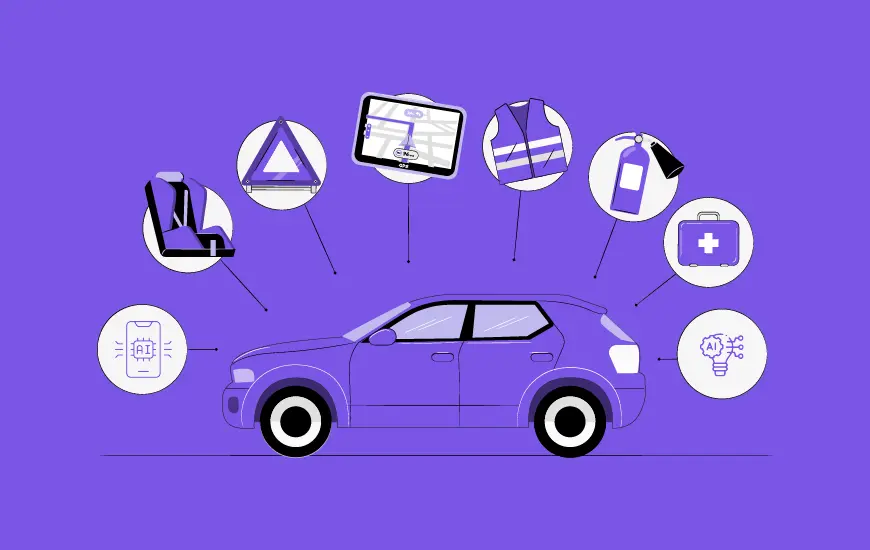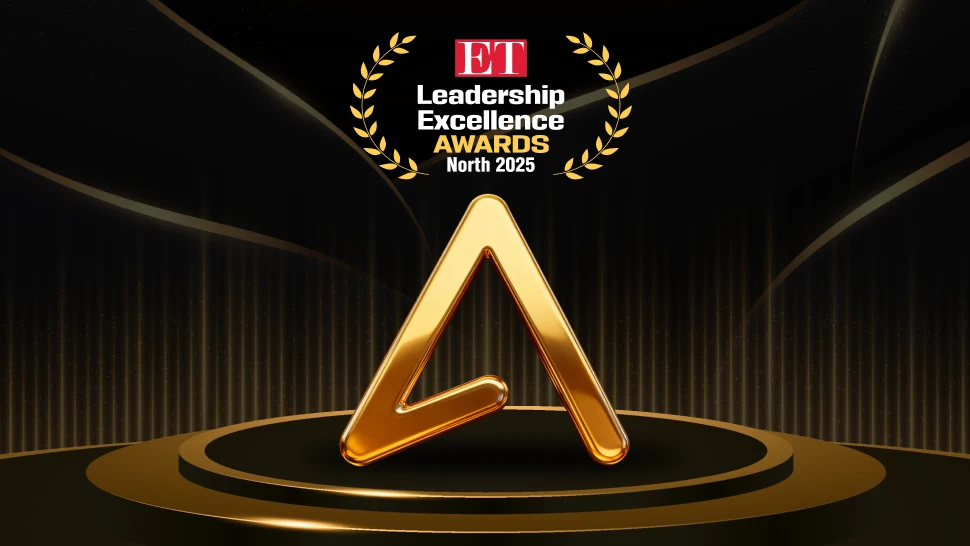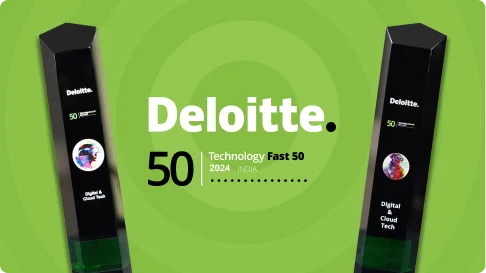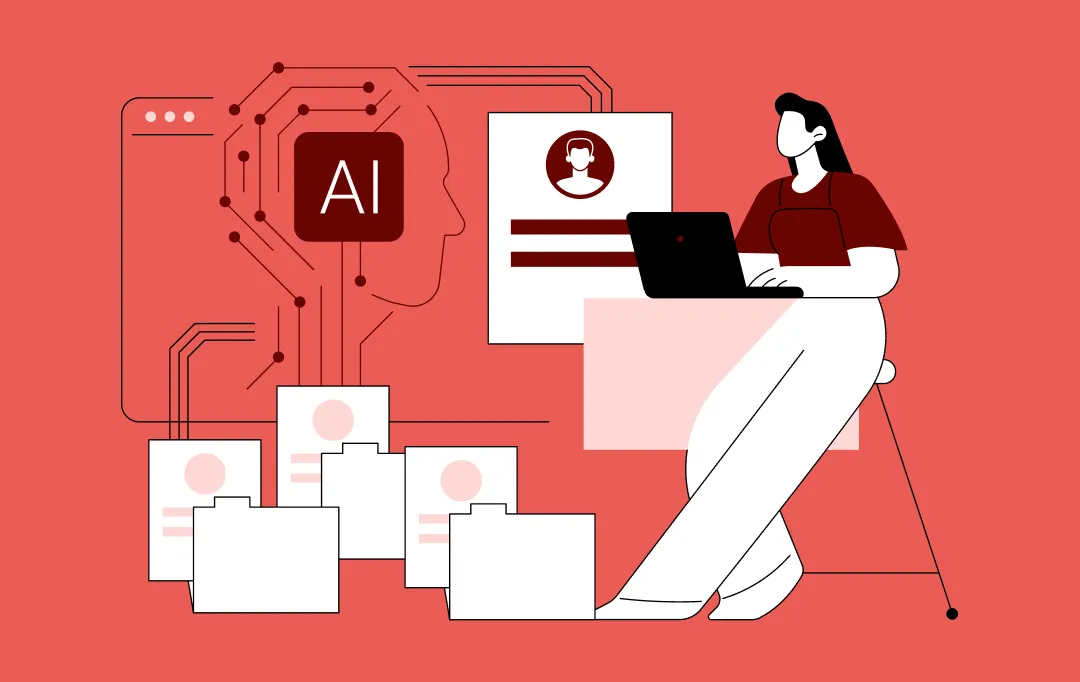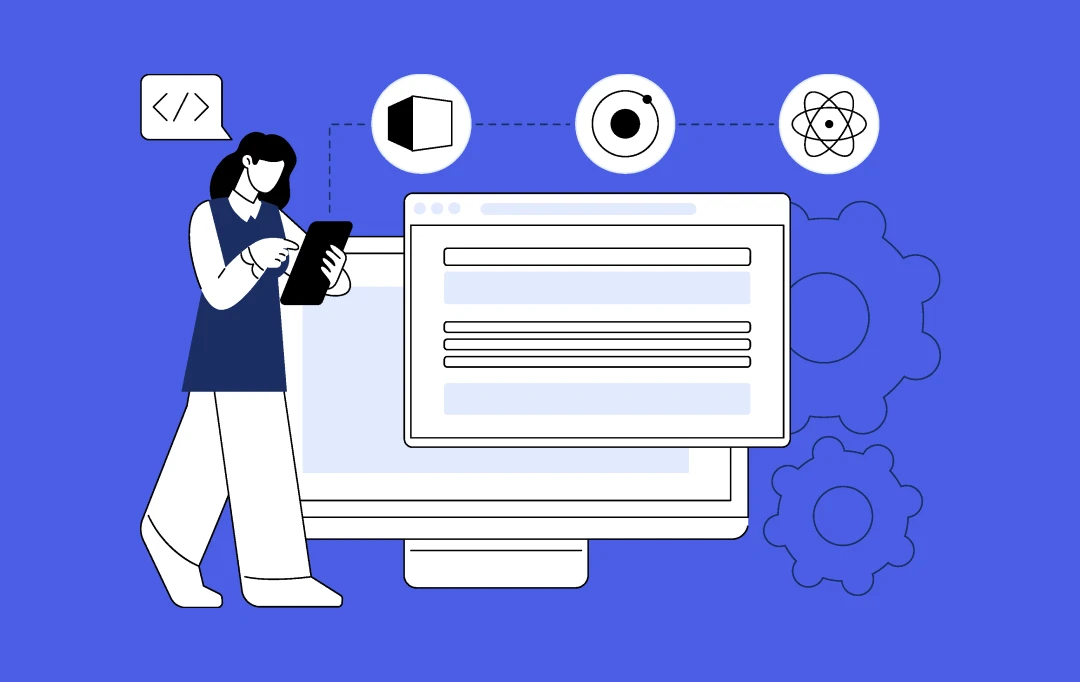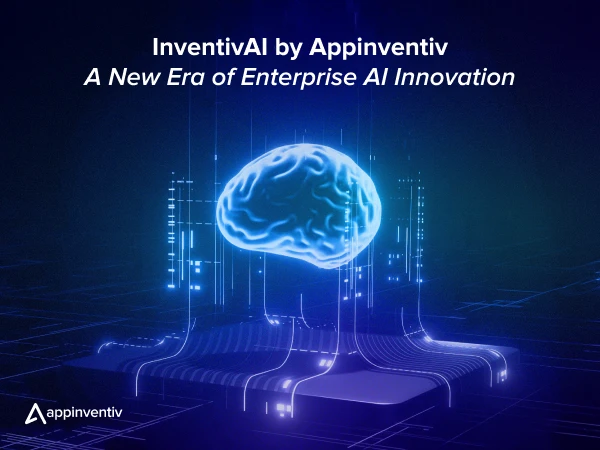- What is decentralized finance - DeFi?
- How does DeFi work?
- Traditional Finance vs Decentralized Finance
- Benefits of DeFi
- Permission-less
- Interoperability
- Transparency
- Finance control
- Innovation opportunity
- How to use DeFi?
- Get the wallet
- Buy relevant DeFi crypto
- Connect your wallet to the decentralized exchange
- How can DeFi be applied to the real world?
- Reducing costs
- Borrowing and lending
- Asset financing
- Supply chain management
- Challenges associated with DeFi
- Famous DeFi projects
- MakerDAO: Decentralized reserve bank and stablecoin
- Compound: Borrow and lend
- Uniswap: Token exchange
- Augur: Market prediction platform
- PoolTogether: Zero loss savings platform
- The future of decentralized finance
- How Appinventiv can help you create a DeFi platform?
Decentralized finance is rapidly rising in popularity as a way to provide financial services outside of the traditional banking system. The adoption of blockchain technology in finance and the spread of decentralized financial services is shaping a new world called Decentralized Finance (DeFi). This world is characterized by global accessibility of financial services, safe transactions, low transaction prices, and the latest DeFi trends revolving in the market.
While decentralized finance (DeFi) has the potential to provide several benefits, it is also important to understand the risks involved before getting started. So, through this DeFi guide on decentralized finance development for businesses, we will walk you through the basics of decentralized finance, including what it is, how it works, and some of the major challenges you need to know before getting started. So without further ado, let’s get started.
What is decentralized finance – DeFi?
Decentralized finance or DeFi is a monetary system that is built on public blockchains. The components of open finance consist of protocols, digital assets, dApps (decentralized applications), and smart contracts, which are built on blockchain.

While many of us know Ethereum and Bitcoin as cryptocurrencies, very few of us know that they are open source, vast networks which allows users to develop apps that enable financial activity to brew centralized institutions’ involvement.
The introduction of decentralized finance has unlocked a world of new possibilities for users to interact with the Ethereum blockchain in ways that were not possible before. By using DeFi, users can lend or borrow Ethereum-based assets, earn interest on their crypto holdings, trade digital assets without having to use a centralized exchange, and much more.
The aim of introducing decentralized finance is to provide users with an alternative to traditional financial systems that are often opaque and inaccessible. By making financial services more accessible and user-friendly, it is hoped that DeFi will lead to a more inclusive financial system that works for everyone.
How does DeFi work?
Decentralized finance provides a way to access financial services without the need for centralized intermediaries. It uses smart contracts to enable peer-to-peer interactions on the Ethereum blockchain. There are two major components that allow a financial system to work effectively; the first is the infrastructure needed to operate on and the second is the currency that is needed to operate with.
Infrastructure – Ethereum is a DeFi platform used for writing decentralized programs. Through Ethereum, you can create smart contracts that can be used to establish a set of conditions or rules under which an agreement can be made. Once a smart contract has been deployed, it cannot be altered.
Currency – In order to create a secure, reliable decentralized finance system, a cryptocurrency is needed that can be used to interact with the various protocols. Generally, DeFi uses the DAI stablecoin as its currency. DAI is a decentralized stablecoin that is pegged against the US Dollar.
Now that we know what is DeFi and how does DeFi works, let’s have a comparative look at DeFi vs traditional financial system in our (decentralized finance) DeFi guide.
Traditional Finance vs Decentralized Finance
While Decentralized Finance (DeFi) is only an advanced version of the finance structure with the same core working, lying in receiving and giving money, there are some inherent decentralized differences to consider for distinguishing between DeFi and fintech. The one that makes blockchain app development services one of the key fintech trends for 2021 2022 and beyond. So, let’s move further to know the differences.
- Operations of DeFi are not managed by institutions and employees. Their role is played by algorithms written in code or via smart contracts in the DeFi environment. Once a smart contract is deployed to the blockchain, DeFi apps run without any human intervention whereas in traditional finance, there are intermediaries like banks that manage the financial operations.
- One of the prominent DeFi features that clearly defines the differences between DeFi and traditional banking apps is that the former comes with the power of code transparency. This makes it possible for anyone to audit, which develops a trust with users because everyone has the opportunity of understanding the contract’s functionality. And since the transactions are pseudonymous, the privacy questions never emerge. However in traditional finance, the monetary operations are managed by intermediaries so security breaches may arise.
- dApps development, another type of blockchain application used in the DeFi environment, has been designed to act globally from day one. Irrespective of which geographic location you belong to, the access to DeFi networks and services are the same.Whereas in case of traditional finance system , the services offered by financial institutions are restricted to their localities. For instance, you can only open a bank account in the country where the bank operates
- Anybody can create decentralized finance applications and use them. Unlike present–day finance, there are no accounts or gatekeepers on this front and the users interact directly with smart contracts from DeFi crypto wallets.
- The new decentralized finance applications are built and composed by mixing other DeFi products like in the case of Lego. For example, decentralized exchanges, stablecoins, and the prediction markets can be mixed to develop new products. However in traditional finance system, the applications are single-purposed and each one of them is created for a specific task.
| Traditional financial system | Decentralized financial system |
|---|---|
| Users are required to share their personal data which is vulnerable to security breaches | There is no need to share personal details instead connecting to a digital wallet is a must |
| The hours of operation are limited | DeFi markets work all around the clock 24*7 |
| The clearing and settling of transactions can take several days | Transactions are completed in near real-time |
| Payments can be intercepted and markets can be shut down | Trustless – No need to worry if a protocol will do what it says it will do |
| The unbanked or underbanked can’t access traditional financial services | Users custody their own funds so it is easier to avoid loss of funds |
Benefits of DeFi
Traditional banks are administrative in nature and expensive to run. The process for transactions takes time and has removed numerous individuals out of the financial framework because of their rigid rules and requirements. . DeFi came to settle a large number of these issues. Some of its key benefits are listed below:
Permission-less
One of the key benefits of decentralized finance (DeFi) is that it is permissionless. This means that anyone can access DeFi applications and services without having to obtain approval from a centralized authority. This openness and accessibility are few of the main attractions of DeFi, as it allows anyone with an internet connection to participate in the thriving ecosystem.
In addition, permission-less DeFi platforms are often more secure than their centralized counterparts, as they are not vulnerable to single points of failure. This makes them ideal for storing value and participating in financial transactions. Consequently, the permissionless nature of DeFi is a major selling point for those looking to get involved in the world of decentralized finance.
Interoperability
With decentralized accounts, developers can freely expand on top of existing protocols, customize interfaces, and integrate third-party apps. Because of this sort of adaptability, DeFi conventions are often known as ‘Money Legos.’ New decentralized money applications can be built by consolidating other DeFi products.
For instance, stablecoins, decentralized trades, and forecast markets can be joined to frame a completely new and significantly more progressed DeFi finance market size and centers.
(Also read: Cutting-Edge DeFi Trends to Follow in 2024)
Transparency
DeFi empowers a more prominent degree of openness and accessibility. Since most DeFi protocols are based on the blockchain — a public ledger — all exercises are available to the general population. Anybody can see transactions, however, these records are not attached to anybody directly just like the case with traditional banks.
All things considered, accounts are pseudo-anonymous, posting only numerical addresses. Users with programming information can likewise access most DeFi products’ source code to review or build upon since they’re open source. Open-source codes are safer and of better quality than proprietary software, on account of local area connection.
Finance control
With traditional banking, financial institutions have a lot of control over how users can spend their money. They can impose restrictions on what types of transactions users can make, and they can also block access to accounts if they suspect fraudulent activity.
However, decentralized finance solutions provide users with more control over their own finances. For example, users can manage their own assets and decide which assets to transact with. This allows them to conduct transactions without having to go through a third party, and it also makes it more difficult for someone to steal their funds. As a result, decentralized finance gives users more control over their own finances and helps to protect them from fraud.
Innovation opportunity
The DeFi environment provides valid possibilities to innovate and create DeFi services and products. DeFi is an open protocol and can be of considerable help for developing another age of financial solutions. The DeFi gathers higher significance as it can use Ethereum and allows trailblazers to make new decentralized applications for the financial area.
Now that you are aware of the benefits of DeFi, let’s move further to know how to use DeFi along with its real-world applications.
[Also Read: What is DeFi Insurance – Identifying Business Opportunities and Use Cases]
How to use DeFi?
There are a few things you need to know before you start using DeFi.
Get the wallet
In order to use DeFi, you will need a digital wallet that is compatible with Ethereum. The wallet allows users to securely store thousands of NFTs and cryptocurrencies.
Buy relevant DeFi crypto
In order to interact with DeFi, you will need to purchase a decentralized finance crypto asset that is native to the Ethereum blockchain, such as Ether. Choose the right one for you based on your investment goals and risk tolerance.
Connect your wallet to the decentralized exchange
Once you have a digital wallet and some decentralized finance crypto, you’re ready to start trading on a decentralized exchange.
With these simple steps, you can start using decentralized finance to trade cryptocurrency and access lending and borrowing services.
How can DeFi be applied to the real world?
The rising adoption of DeFi platforms and processes give the potential to transform the lives of everyone unbanked in the world. In this section, we are discussing a few key applications of DeFi in the real world. So, let’s get started!
Reducing costs
On the remittance market front where foreign workers send billions across borders to their families, the fees that they have to pay are extortionate. The trends in decentralized finance services come with the potential to cut down these costs by more than 50%. This not just increases employees’ productivity but also helps grow economies.
Borrowing and lending
Loans are the other challenging area that can be addressed by concentrating on the advantages of DeFi. Presently, it is impossible for the unbanked to borrow money because of a lack of credit score or a bad history with a banking institution. The DeFi platforms connect borrowers with lenders, thus eliminating the credit check process.
Asset financing
From lending and borrowing platforms to stablecoins and tokenized BTC, the DeFi ecosystem has launched an expansive network of integrated DeFi protocols and financial instruments. By deploying immutable smart contracts on Ethereum, DeFi developers have unlocked a world of new possibilities for asset decentralized financing and risk management.
By collateralizing loans with DeFi crypto or digital assets and deploying flash loans that are settled in a single transaction, DeFi protocols have introduced novel ways to access liquidity without having to rely on centralized exchanges.
Supply chain management
As mentioned before, DeFi refers to the shift from traditional, centralized financial systems to peer-to-peer finance enabled by decentralized technologies built on the Ethereum blockchain. Now, this paradigm-shifting movement is beginning to intersect with the supply chain management industry, introducing a new host of possibilities for streamlining inefficiencies and opening up new lines of trustless collaboration and decentralized financing.
A practical example is the collaboration of Maersk and IBM to build TradeLens. The platform allows instant sending and retrieval of various documents, thus speeding up the supply chain.
These are just a few examples scratching the surface of how blockchain shapes the fintech domain. By removing inaccuracies and bringing in transparency blockchain is only getting prepared to device newer use cases of DeFi platforms.
[Also Read: How to build a DeFi yield farming app?]
Challenges associated with DeFi
Every high–return financial product comes with attached risk. Thus, it is a given that there will be a list of challenges for DeFi as well.
Understanding and securely handling cryptocurrencies tools call for specialized knowledge and attached risk. It becomes a user’s responsibility to take care of their key holdings and follow the process of multi-factor authentication with utmost privacy.
Also, there have been too many security–related incidents, which have begged the interference of stringent security and privacy algorithms brought in by various decentralized finance development companies. While the solution creators have been taking control of the task, as DeFi users you should also keep yourself updated with changed service terms between different wallets, exchanges, DeFi protocols, DeFi platforms, and other DeFi crypto projects.
Furthermore, in case of traditional currencies, investors have benchmarks and historical data to look at before taking any investment decision. The same privilege, however, is not given to the DeFi users. The lack of historical numbers makes it difficult to assess the associated risk. This, in turn, makes it necessary for the users to perform extensive research on their own.
Partnering with a reliable fintech consulting company can help users and businesses navigate these challenges more confidently. Expert consultants provide guidance on secure cryptocurrency practices, risk management, regulatory changes, and platform comparisons.
Famous DeFi projects

MakerDAO: Decentralized reserve bank and stablecoin
Maker is a stablecoin project wherein every stablecoin is pegged to the US dollar and backed by the collateral in the form of crypto. Entrepreneurs can also develop their own DAI stablecoin on the Maker Oasis dapp platform. Maker is a lot more than a mere stablecoin project, it aspires to be the answer to how can DeFi develop into a reserve bank. The people who hold MKR can even vote on crucial decisions like Stability Fees – similar to how the Federal Reserve’s Federal Open Market Committee votes on Fed Funds rate.
Compound: Borrow and lend
It is a Bblockchain-powered lending and borrowing dapp – one of the most flourishing categories of open finance. Users can deposit their crypto in the Compound Contract as collateral and can borrow against it. It then automatically matches lenders and borrowers and adjusts the interest rate dynamically on the basis of demand and supply and open lending protocols.
Uniswap: Token exchange
It is a DeFi cryptocurrency exchange platform that runs completely on smart contracts, letting users trade famous tokens straight from inside their wallets. It uses a different mechanism called Automated Market Making for directly settling trades near market price.
Additionally, users can also become liquidity providers by supplying the crypto to the Uniswap contract and earning a share of the exchange feed.
Augur: Market prediction platform
It is a product for the decentralized prediction markets through which users vote on the outcome of events by attaching a value to the vote. Although the present prediction market platforms are new, they do offer a futuristic view into the future where users are able to predict the future by tapping into the crowd’s wisdom.
PoolTogether: Zero loss savings platform
The platform enables participants to deposit DAI stablecoins in a common pot. By the end of every month, one participant wins all the interests and everyone else gets their initially made deposits back.
The future of decentralized finance
Crypto is the latest digital offering of an industry that has been around since the beginning of time. In the time to come, we are poised to see every single financial service we use today under the fiat scheme getting rebuilt in the DeFi and open finance ecosystem.
The first generation of DeFi apps relies majorly on using collateral as a safeguard mechanism, meaning you will have to own a DeFi platform crypto and then offer it up as collateral for borrowing more DeFi cryptocurrency.
We are also already seeing massive innovation happening in the insurance domain as a result of the latest iterations of DeFi apps. A number of today’s DeFi loans are overcollateralized – the loans are made inherently safe because of the massive asset cushion kept in the reserve).
We have also witnessed DeFi crypto wallets becoming the portal of all digital asset activities. You can imagine it as a dashboard that not just shows the assets you own but also how much of it is locked up on different open finance protocols like pools, loans, and insurance contracts.
We are also seeing a shift towards decentralized governance and decision-making. Today, despite the focus on the word ‘decentralized’ in DeFi, the projects have master keys for DeFi platform development solution providers to shut down dapps for the sake of easy upgrades or to safeguard instances of buggy codes. The DeFi community, however, is looking for ways to enable stakeholders to vote on decisions, introducing a much wider range of DeFi use cases.
[Also Read: How to Build a DeFi Staking Platform]
After all the speculations and POCs around new DeFi possibilities are being designed and made, something new is happening on the open financial system front – cryptocurrencies are bringing money online & giving people ways to make money on dapps. Our thought on the functionality of money is being challenged with every new disruptive launch.
The fact that the future of decentralized finance and the future of money lies in the hands of anyone who can code is nothing less than interesting for us as bystanders.
How Appinventiv can help you create a DeFi platform?
If you are prepared for this upcoming change and ready to imbibe the changes in your app or ideas, then you can contact the experts at a Appinventiv, a trustworthy and reliable company dealing in blockchain development services.
Appinventiv provides various decentralized finance development services like DeFi smart contract development, DeFi token development, DeFi application development, DeFi wallet development, and more.
Our company is proud to be at the forefront of this paradigm shift in finance. We offer a suite of tools and services that make it easy for you to launch and manage your own decentralized finance solutions.
Whatever your vision for the future of finance, we can help you bring it to life. Contact us today to learn more about how we can help you create your own DeFi ecosystem.


- In just 2 mins you will get a response
- Your idea is 100% protected by our Non Disclosure Agreement.
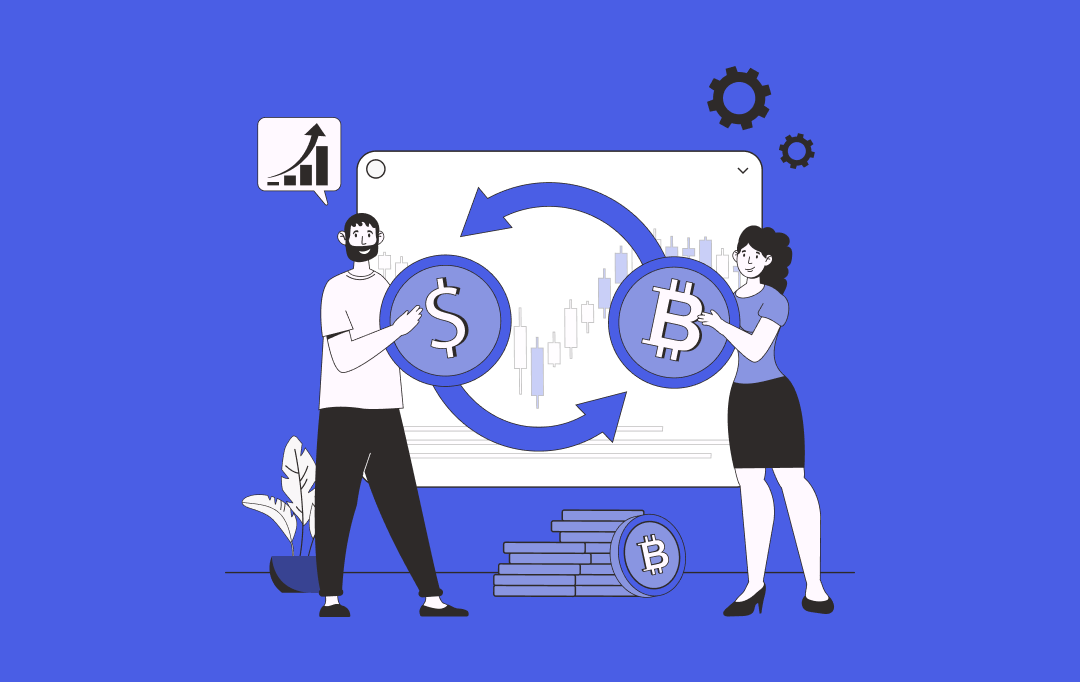
Decentralized Exchange (DEX) Development: Features, Implementation Cost, and Enterprise ROI
Key Takeaways The development of a decentralized exchange will enable businesses to provide secure and user-controlled trading, improve transparency, and minimize the use of intermediaries. The cost of DEX development can vary depending on the platform's features, the chosen network, and regulatory requirements, and the approximate cost is about $50,000, with higher costs for customization,…

Key takeaways: Dubai's VARA framework mandates strict compliance protocols for blockchain enterprises. To comply with VARA in Dubai, enterprise blockchain systems should use private networks that only approved members can join. Choosing between Hyperledger Fabric, private Ethereum, Corda platforms, etc., significantly impacts long-term scalability, compliance automation, and maintenance costs. Enterprises implementing VARA enterprise blockchain development…
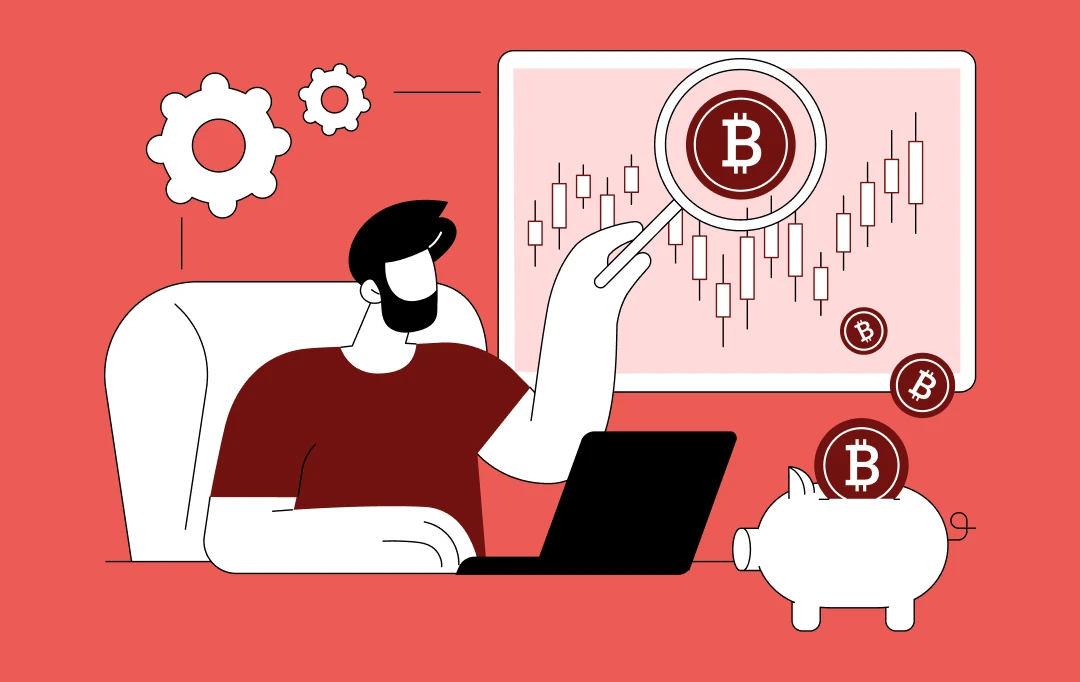
How Much Does It Cost to Build a Crypto Trading App Like Swyftx?
Key takeaways: Swyftx’s Rise: Australia’s top-rated crypto exchange app attracts 1.1M+ users with its easy UX, pro tools, and learning features. Development Costs: A Swyftx-like app development can cost AUD 30K–500K, based on scope and functionality. Crypto Market Momentum: With Layer-2 tech and ETF approvals, the market is booming, and transaction costs are dropping. Winning…








